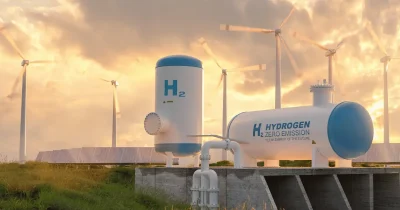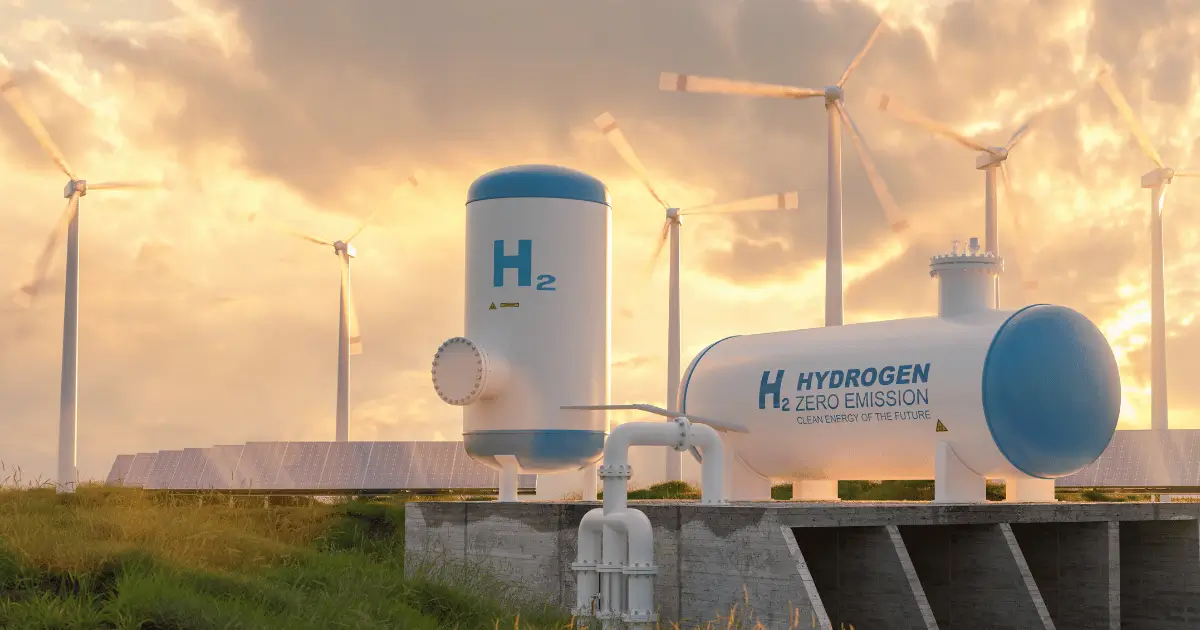This year will be pivotal for the hydrogen industry in terms of growth and global energy transition. With 2024 poised as a ‘defining moment’ for low-carbon derivatives, Wood Mackenzie – a data and analytics provider – shared insights into what to expect.
Murray Douglas, vice president of hydrogen and ammonia research at Wood Mackenzie, says despite hydrogen being a “hot topic” at the moment, policymakers are struggling to “move at the pace they [had] hoped.”
Hydrogen trends and challenges in 2024
While transition costs remain a roadblock, several other barriers also stand in the way. For example, government funding for hydrogen projects has decreased, not to mention technical and logistical challenges.
As pointed out by Bloomberg, further incentives are needed to address the challenges faced in this sector. Despite the US government’s $7 billion pledge, analysts say more is needed to maintain momentum.
Hydrogen policy progress
Japan and South Korea are expected to clarify their hydrogen strategies this year. According to Douglas, the initial strategies – published by Japan in June 2023 and South Korea in 2022 – “lack clarity on subsidy scheme and emissions thresholds.”
He says these policies will likely support blue ammonia imports, “which will enable faster scaling of the market at lower cost.”
The report highlights how three key elements will influence the selection of successful supply projects:
- The cost of the ammonia supply.
- The speed at which the supply can be brought to market.
- The willingness of project developers to offer equity to Japanese and Korean companies.
EXPLAINER: How alternative fuels are revolutionizing transportation
Ammonia: A rising star
Douglas says ammonia “presents several opportunities in the energy transition space.” It is easier to store and transport since it doesn’t require the high pressure or the chemical processes associated with hydrogen gas.
It can also be shipped globally without the need for new infrastructure. Additionally, when used as a fuel, it doesn’t emit any greenhouse gases – only nitrogen and water.
Douglas cites Maersk Tankers’ acquisition of four ‘very large ammonia carriers’ (VLACs) with Hyundai Samho Heavy Industries in South Korea as an example.
When Maersk Tankers announced the development, CEO Tina Revsbech said the industry needs to take “concrete actions” to make clean energy a reality. She adds: “With this initiative, we will be able to service clean ammonia producers and users in many parts of the world with highly energy efficient and safe ships.”
US treasury investments
The report also highlights how the lack of US Treasury guidance has led many project developers “to defer investment decisions until clarity emerges.” Wood Mackenzie says feedback is expected early in 2024.
It is expected that this guidance would be similar to Europe’s strategy. Once clarity is provided, project planning can commence, in line with “the most stringent global standards of countries and regions looking to import hydrogen.”
Wood Mackenzie says success for green hydrogen projects will depend on securing low-cost renewable energy sources and favorable power purchase agreements (PPAs).
This is corroborated by Energy Post, which states that the cost to produce solar electricity (solar photovoltaics [PV]) and wind energy has become much cheaper over the last 10 years. This means it is less expensive to produce green hydrogen (electrolytic hydrogen.)
NOW READ: Hydrogen’s growing role in clean mobility
About the author
Cheryl has contributed to various international publications, with a fervor for data and technology. She explores the intersection of emerging tech trends with logistics, focusing on how digital innovations are reshaping industries on a global scale. When she's not dissecting the latest developments in AI-driven innovation and digital solutions, Cheryl can be found gaming, kickboxing, or navigating the novel niches of consumer gadgetry.














